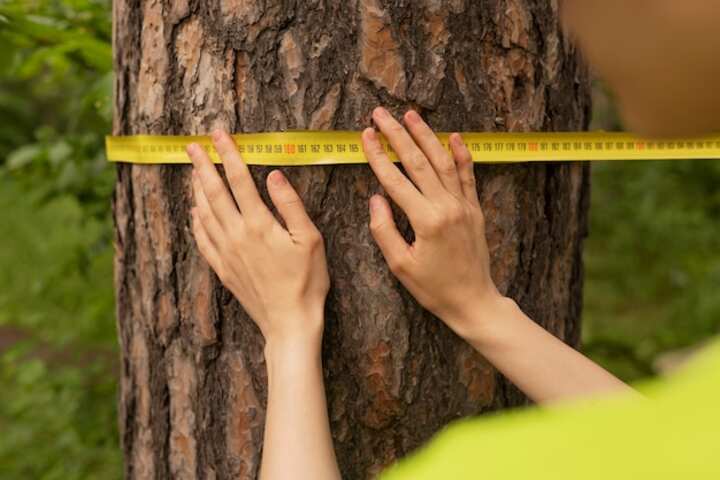
Find Expert Tree Transplanting Services Near You
Tree transplanting is a specialized service that involves moving a tree from one location to another. Whether it's for aesthetic reasons, construction projects, or agricultural purposes, tree transplanting requires expertise to ensure the health and survival of the tree. As more people recognize the benefits of preserving mature trees, the demand for expert tree transplanting services has grown. If you are considering this task, finding the right professionals in your area is crucial to maintaining the beauty and ecological value of your landscape.
Understanding Tree Transplanting
What is Tree Transplanting?
Tree transplanting involves carefully uprooting a tree and replanting it in a new location. This process can be complex, as it requires knowledge of the tree's root system, soil conditions, and the environmental factors of both the original and new locations.
Why Consider Tree Transplanting?
- Aesthetic Improvement: Trees can be strategically relocated to enhance the visual appeal of landscapes.
- Space Management: Relocating trees can free up space for construction or other landscaping projects.
- Ecological Preservation: Mature trees hold significant ecological value, providing habitat and improving air quality.
For a comprehensive understanding of the tree transplanting process, explore further insights here.
Key Considerations for Tree Transplanting
Assessing Tree Viability
Not all trees are suitable for transplanting. Factors such as age, species, health, and size play a critical role in determining the feasibility of a transplant. Consulting with an expert can help assess whether a tree is a good candidate for relocation.
Timing and Seasonality
The timing of the transplant is crucial. Typically, the best time to transplant trees is during their dormant season, which is usually in late fall or early spring. This timing reduces stress on the tree and enhances the chances of successful adaptation. Read more about this topic to ensure you choose the optimal time for your tree.
Finding Expert Tree Transplanting Services
Criteria for Selecting a Service Provider
When searching for expert tree transplanting services, consider the following criteria:
- Experience and Expertise: Look for professionals with a proven track record in tree transplanting.
- Equipment and Technology: Ensure the service provider uses modern, well-maintained equipment.
- References and Reviews: Check testimonials and reviews to gauge customer satisfaction.
- Insurance and Certification: Verify that the company is insured and employs certified arborists.
To make a well-informed decision, learn more in this detailed guide on selecting the right tree transplanting service.
Local vs. National Services
Deciding between local and national service providers can impact the quality and cost of the service. Local experts are often familiar with regional soil types and climate conditions, which can be advantageous. However, national companies may offer more advanced technology and broader resources. Find additional information here on choosing between local and national services.
Preparing for Tree Transplanting
Site Preparation
Before transplanting, prepare the new site by ensuring it meets the necessary soil and environmental conditions for the tree species. Conduct soil tests to check for pH levels and nutrient availability.
Aftercare and Maintenance
Post-transplant care is vital for the tree's survival. This includes regular watering, mulching, and monitoring for signs of stress or disease. Consulting with a professional can provide a tailored aftercare plan to aid the tree's adaptation to its new environment. Explore further insights here for detailed aftercare tips.
In conclusion, tree transplanting is a delicate operation that, when executed properly, can enhance the aesthetic and ecological value of an environment. By choosing expert services, you ensure the longevity and health of your trees, contributing to a sustainable and beautiful landscape. Whether you are making space for new developments or preserving cherished trees, expert tree transplanting services can provide the solutions you need. For more information on expert services and best practices, read more about this topic.